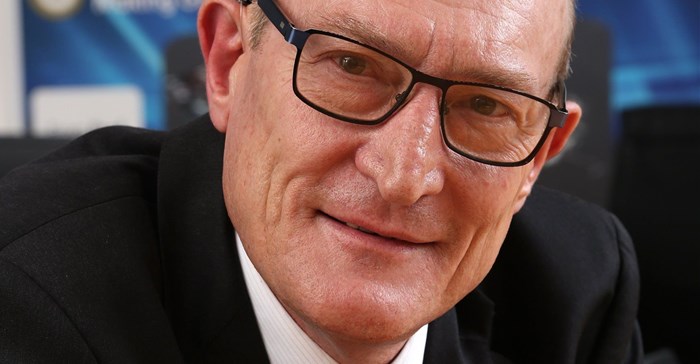
Related
Top stories







Mining remains a significant sector in the global economy, but there are several significant issues facing the industry at the end of 2020. Most of these are either cyclical or part of an established trend, and require learning from the past and the application of limited innovation. These include how the sector is dealing with resource nationalism and the spread of infectious diseases like Covid-19. Other issues, however, are structural – such as the sector’s response to automation and climate change – and demand deeper levels of innovation.
Not all issues have underlying trends that lead to predictable futures. In fact, it is sometimes not possible to influence the trend because the issue is mostly outside the control of the mining sector; examples include poverty, macroeconomic uncertainty and global trade wars.
Among the key trends and issues that are mostly within the control of the mining sector are the world’s continued demand for minerals, the derisking of supply chains, and increased competition for scarce capital – as well as resource management and compliance. These trends are listed below, along with the related issues that the sector will be confronting in 2021.
In addition to dealing with these cyclical issues and established trends, there are other trends of a more serious nature, resulting from structural shifts in the economy. These will require urgent innovation by the sector in 2021, and include:
Risk management is shifting from a mindset that asks the question “What is our risk?” to the question of “What risk do we present to others?” This is both controversial and fundamentally different from the past. Imagine a situation where stakeholders will determine and quantify some risks in the future – with less control for companies. This is not only likely but fully anticipated.
The next shift is a global mining ‘pull’ for relevant technology and skills, away from “What or who is in the market?” to “What do we need and who can we partner with to get it?” The technology and 4IR trend is unstoppable and automation of the entire mining value chain is fast becoming the major driver of value. With this come risks like cyberattacks, information breaches and theft of data and intellectual property. In addition, the adoption of more technology will create a new future of mining with a more human-centred future of work.
In conclusion, we are expecting a future in which artificial intelligence and human skill-sets will determine how we mine, while climate change issues will determine where and when we mine. Further, carbon content and the ability to control its release into the atmosphere will influence what we mine.